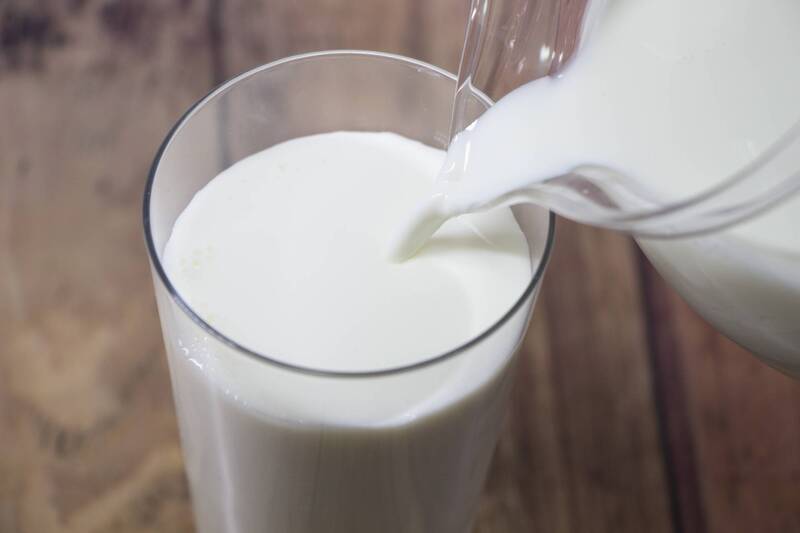Nutritionists said that the sugar on the nutrition label of fresh milk is not added sugar, but natural lactose.
(The picture is taken from photoAC)
[Health Channel/Comprehensive Report] Why does the nutrition label of fresh milk and pure milk powder contain sugar?
Does the milk have sugar?
In this regard, nutritionist Zeng Yitian stated in the Facebook fan page "Nutrition Food Ms.E10-Nutritionist Yitian" that the sugar in the nutrition label is not added sugar, but the natural lactose in milk.
In addition, although milk is a good source of calcium absorption, excessive intake may cause obesity, increase the burden on the kidneys, and affect calcium absorption.
Zeng Yitian pointed out that according to the Ministry of Health and Welfare's "Packaged Food Nutrition Labeling Matters to be Complied with", sugar is defined as the sum of monosaccharides and disaccharides contained in the final marketed packaged food, mainly glucose, fructose, galactose, maltose, sucrose, lactose the sum of.
Therefore, many sugars that exist in natural foods, such as lactose in dairy products, fructose in fruits, and maltose produced by hydrolysis of starch in oatmeal drinks, are classified as sugars in nutrition labels.
Please read on...
Zeng Yitian explained that lactose is a type of sugar, especially as high as 90% of the sugar in breast milk is lactose, which is easy to digest for infants and young children, and it is the most direct source of energy; the sweetness of sucrose is only 30%, and the baby eats breast milk. It is less likely to have sweet cravings, and the lactic acid after the decomposition of lactose can also help the growth of intestinal beneficial bacteria.
For babies under 1 year old who have not yet been able to eat normal food, lactose in milk is a very important source of energy.
Zeng Yitian added that the diet content of children after one year of age is almost the same as that of adults. According to the 8th edition of the Chinese Dietary Nutrient Reference Intake, the recommended daily intake of calcium for children aged 1-6 is about 500-600 mg.
According to the recommendations in the "Nutrition Handbook for Early Childhood", children aged 1-6 should consume 2 cups of fresh milk per day.
In addition, the National Health Department's "My Plate" formula points out that 1 cup of fresh milk every morning and evening can meet nearly 50% of the recommended amount of calcium (1 cup of 240c.c. fresh milk = 2 slices of cheese = 240c.c. Sugar-free yogurt = 210 grams of sugar-free yogurt), other sources of calcium supplementation include sesame, small dried fish, okra, etc., because milk is rich in fat and protein in addition to calcium, excessive intake may cause There are risks of obesity, increasing the burden on the kidneys, and affecting calcium absorption.
☆Health news will never be missed, click like to follow the fan page.
☆For more important medical news, please go to Liberty Health.com.
keywords
milk
fresh milk
carbohydrate
lactose
related news
